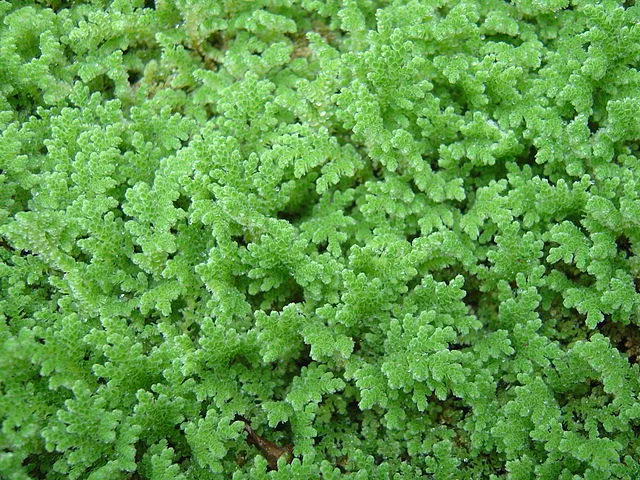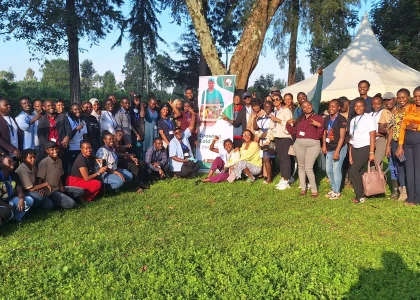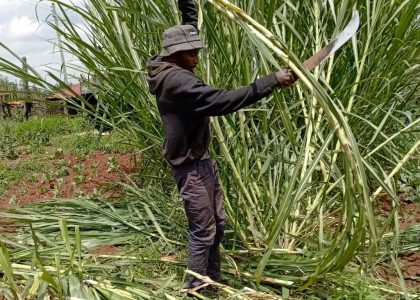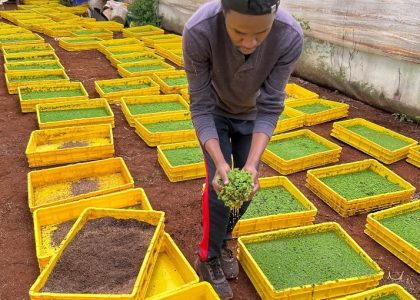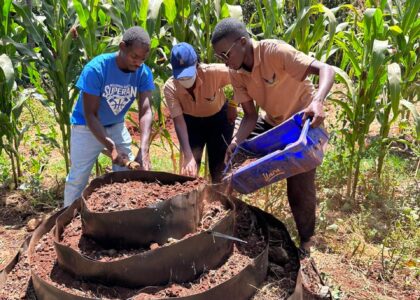Introduction
Azolla is a tiny aquatic fern crucial to many environmental and agricultural processes. Due to its remarkable capacity to fix atmospheric nitrogen, this unusual plant is valued as a natural fertilizer. It also acts as a biofertilizer and green manure in rice fields. Planting requires a few actions to achieve the best development and use of Azolla’s advantages. In this article, we’ll look into the comprehensive technique for planting Azolla.
Step 1: Selecting the Planting Site
When planting Azolla, the farmer should choose a location near water and fresh cow dung sources. Preferably, it should be near cattle and poultry units. Additionally, to maintain the health of the Azolla culture, the water source should be clean and free from pollutants.
Step 2: Preparing the Water Body
After site identification, measure and record the size of the polythene sheet. These measurements help calculate pond dimensions to avoid wastage. The width of the pond should be 1 meter and indefinite. The length of the pond is based on the farmer’s requirements.
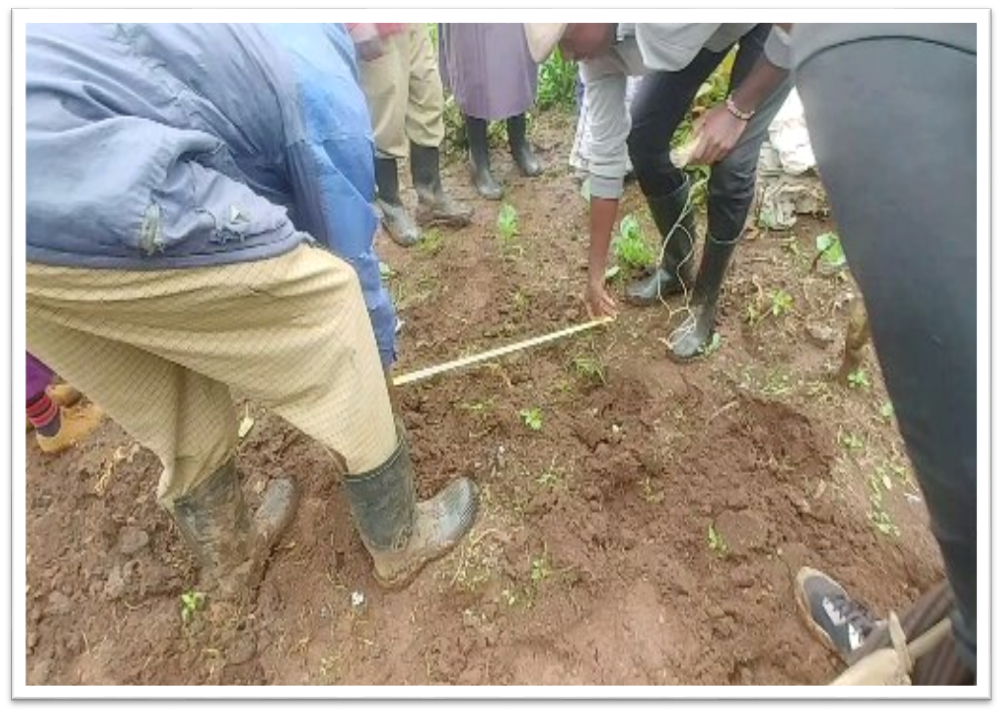
Step 3: Digging the Ponds and Fitting the Polythene
After determining the pond’s size and width, dig it. Countercheck the dimensions to confirm that the pond’s size is accurate. After excavating the pond, place the polythene. Precision and keenness are required to install the polythene to avoid holes in the sheet. Ensure that the pond is free of trash and undesired aquatic vegetation. This guarantees that Azolla receives plenty of nutrients and sunshine for uninterrupted development.
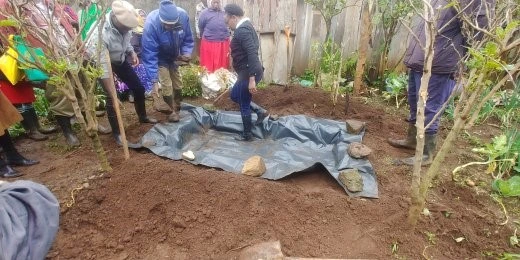
Step 4: Adding Requirements to the Pond
When the pond is ready, add new water. The water temperature should be between 15 and 35 degrees Celsius to facilitate asexual reproduction and spread of Azolla. Use organic fertilizers to supplement the water with necessary elements like phosphorus and potassium, promoting Azolla growth. For example, fresh cow manure from a nearby cattle unit can be collected and mixed with water to make a solution. Pour the solution into the pond.
NB: To foster production, top up the pond with water and raw cow dung twice monthly.
Step 5: Introducing Azolla
Carefully add the Azolla biomass and distribute it equally throughout the surface area of the prepared water body. Avoid overcrowding, as it can impede growth and lead to oxygen depletion in the water. Sustain an appropriate Azolla density to promote photosynthesis and nutrient absorption.
Step 6: Monitoring and Maintenance
Regular monitoring is required to guarantee the health and production of the Azolla culture. Monitor water quality indicators, including pH, temperature, and nutrient levels. Maintain an adequate water depth to prevent Azolla mats from drying out or being submerged. Algae is the most dangerous weed because it destroys and competes with Azolla, which might result from excessive fertilizer application at high temperatures. After removing ¾ of the old water, add fresh water. To destroy algae, use hydrogen peroxide.
Step 6: Harvesting and Propagation
Harvesting can begin once Azolla has established itself and proliferated. Harvest mature Azolla biomass from the water’s surface using a fine mesh net or sieve. Leave a part of the biomass to promote regrowth and preserve the culture. A division can also reproduce Azolla, which involves separating adult fronds and replanting them in appropriate water bodies.
Cost
The cost of producing azolla using NARDEPS’ method is less than Ksh 2 per kilogram (approximately 0.015 US dollars, or 1½ cents per kg).
Conclusion
In conclusion, planting Azolla entails rigorous processes to ensure its proper growth and usage. Through careful site selection, water body preparation, nutrient addition, introduction of Azolla, health monitoring, and appropriate harvesting methods, farmers can leverage the benefits of this valuable aquatic fern for environmentally conscious farming practices and sustainable agriculture.


